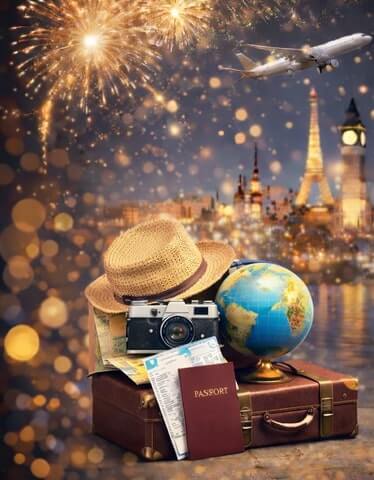-

-

-

-

- +2 More Images
Welcome the New Year with Saving!
Use NEWYEAR26 to get upto 10% off
Essential Beijing - Hutong, Lama Temple, Panda House and Olympic Stadium - Full-Day Private Tour
Activity Schedule
Key Highlights
- Learn a little more about the history of the Lama Temple
- Delve into the magic of Beijing's hutongs and feel the true essence of the city
- Admire giant pandas at the Beijing Zoo, and take a photo in front of the National Stadium
Overview
The local guide and driver will pick you up from the meeting point to the Hutong.
Hutong which is a Mongolian word meaning water well. At nine meters (about 30 feet) wide, it is the name given to a lane or small street that originated during the Yuan Dynasty (1271–1368). Now they have become representatives of local culture, thus it is the first choice for people who would like to learn about the local history and culture.
Then proceed to the Lama Temple which will be the next place after the lunch. From there we move to the Beijing Zoo to see the amazing giant pandas. Beijing Zoo is comprised of 16 different exhibition areas and halls. The inside of the hall replicates the style of traditional Chinese gardens and is shaped in the pattern of a Tai Chi diagram.
We finally transfer travelers to the end point after the trip.
Itinerary
- 1. Yonghe Lama Temple
- 2. Beijing Zoo
- 3. Olympic Green
Inclusions & Exclusions
Inclusions
- 1 soft drink
- Air-conditioned transportation
- Drinks
- Guide
- Hotel pick-up and drop-off for selected hotels
- Insurance
- Tickets
- Traditional Chinese lunch
- Tourguide
Please note
Printed Voucher. Print and bring the voucher to enjoy the activity.
Top attractions in Beijing
Cities Near Beijing
Travel Inspiration
-
 AdventureBeijing – 5 Best Things to do: Beyond the Great Wall
AdventureBeijing – 5 Best Things to do: Beyond the Great WallHistorical sites among the city lights The post Beijing – 5 Best Things to do: Beyond the Great Wall appeared first on The Guidebook - isango!.
Read more ➟ -
 ParisValentine’s Day in Paris – Romantic Things to Do for Couples
ParisValentine’s Day in Paris – Romantic Things to Do for CouplesFew cities celebrate love as effortlessly as Paris. On Valentine’s Day, the French capital leans fully into its romantic reputation—candlelit cafés glow… The post Valentine’s Day in Paris – Romantic Things to Do for Couples appeared first on The Guidebook - isango!.
Read more ➟ -
 In The LimelightVisiting Rome for the First Time? Do’s and Don’ts You Can’t Ignore
In The LimelightVisiting Rome for the First Time? Do’s and Don’ts You Can’t Ignore“Rome is not like any other city. It’s a big museum, a living room that shall be crossed one one’s tiptoes.” –… The post Visiting Rome for the First Time? Do’s and Don’ts You Can’t Ignore appeared first on The Guidebook - isango!.
Read more ➟



